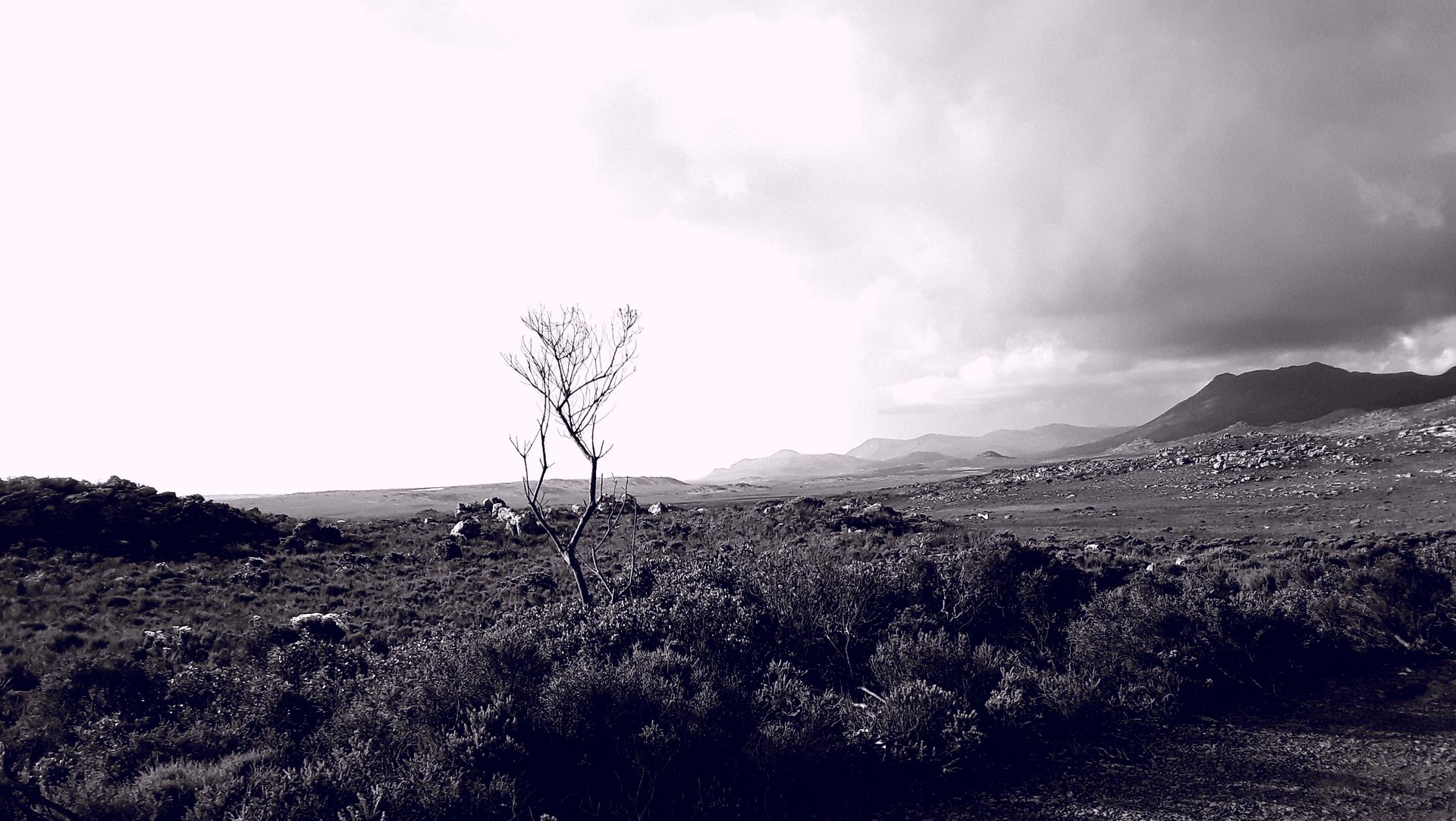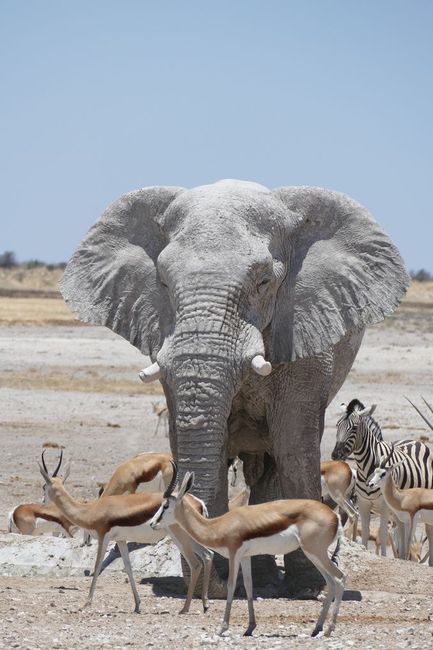
mit-dem-dubs-zu-neuen-ufern
vakantio.de/mit-dem-dubs-zu-neuen-ufern
Reductions, Reforms and Revolutions
Tshaj tawm: 19.06.2018
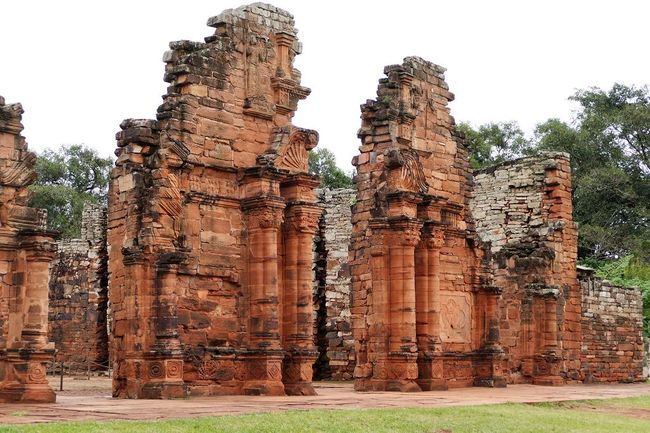
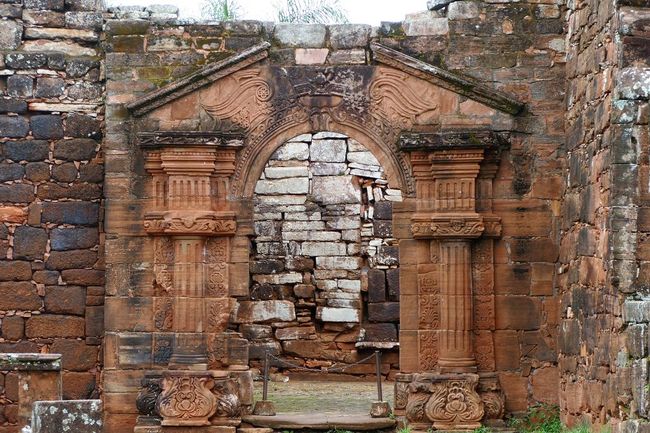
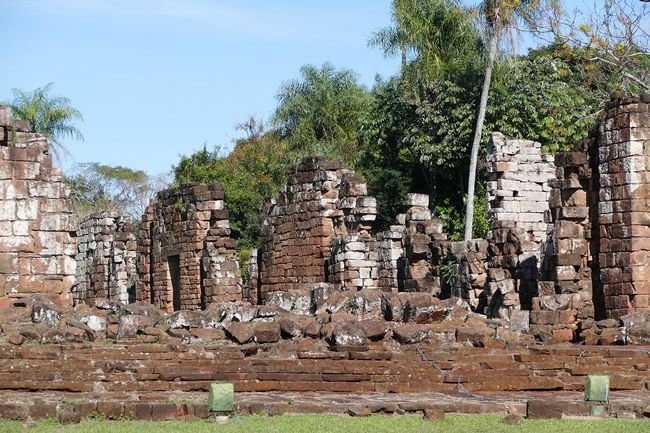
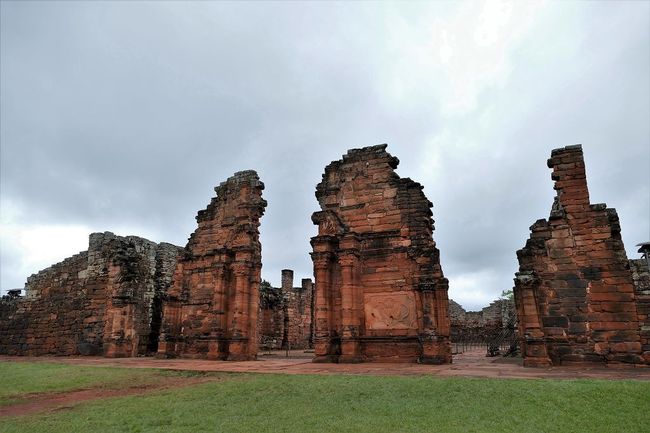
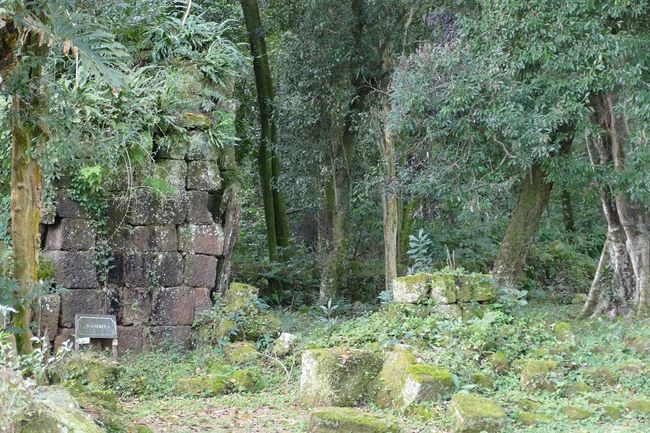
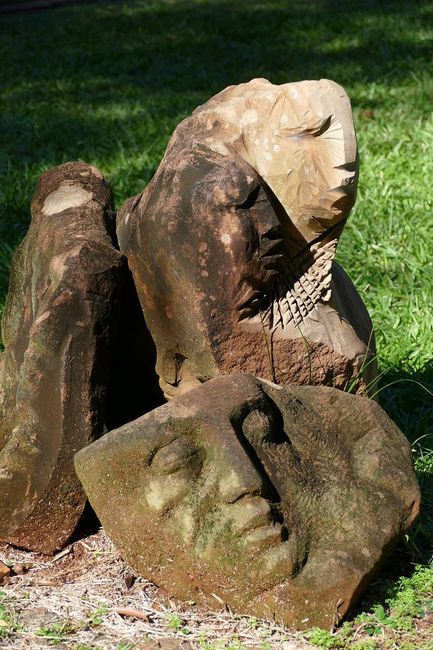
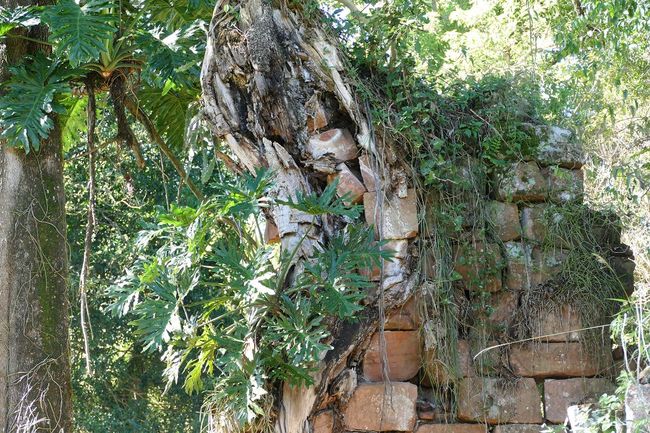
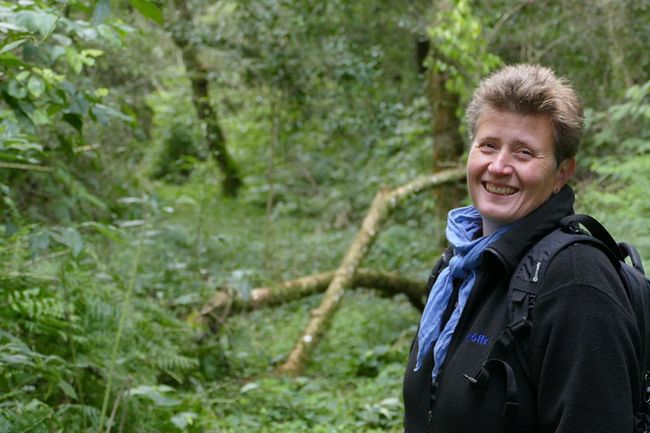
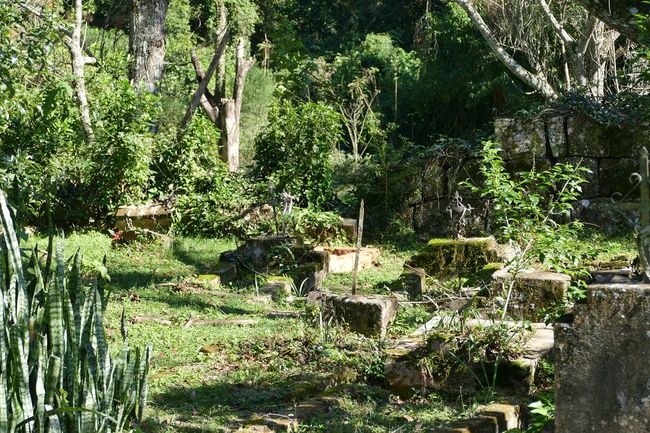
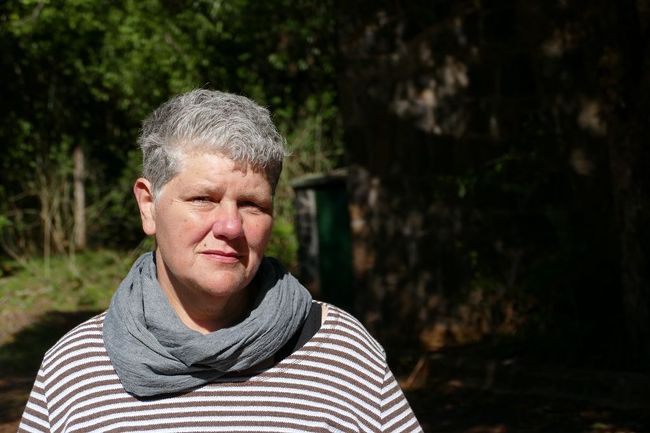
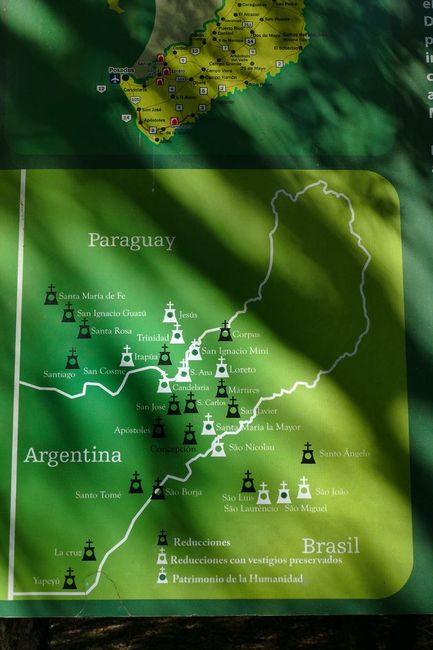
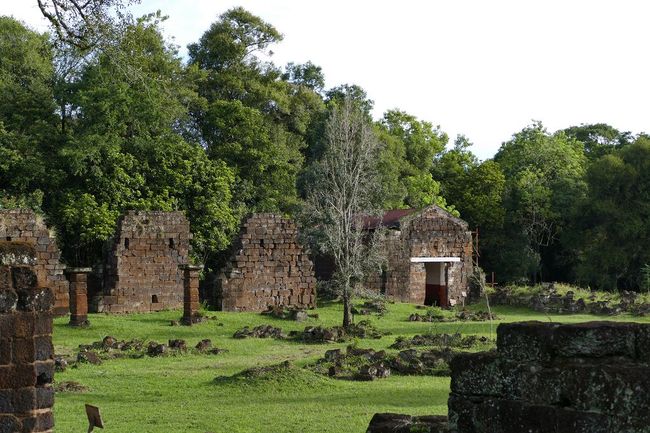
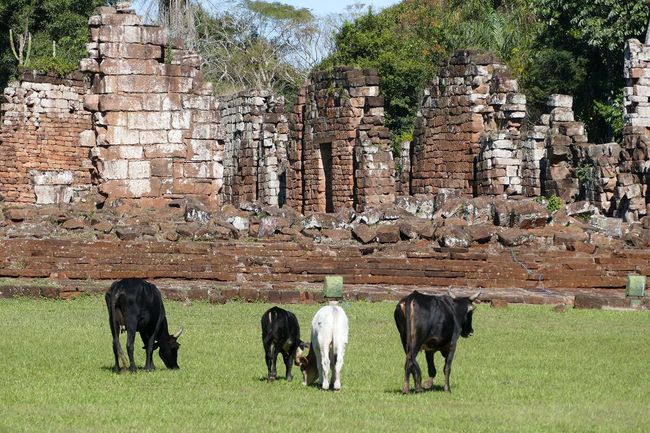
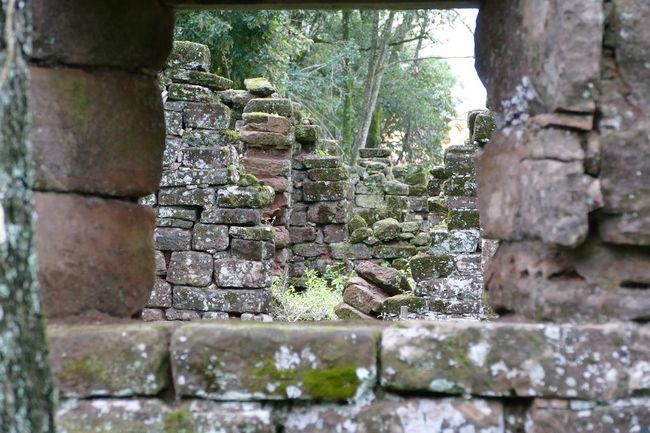
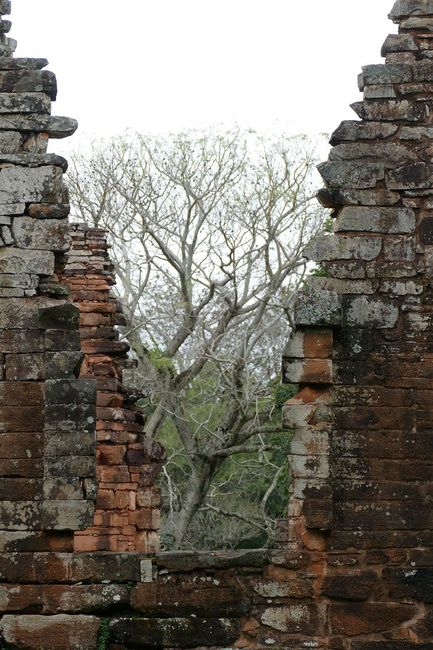
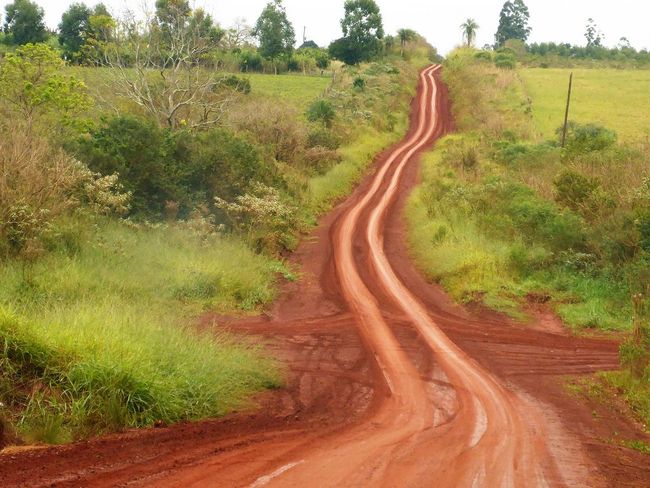
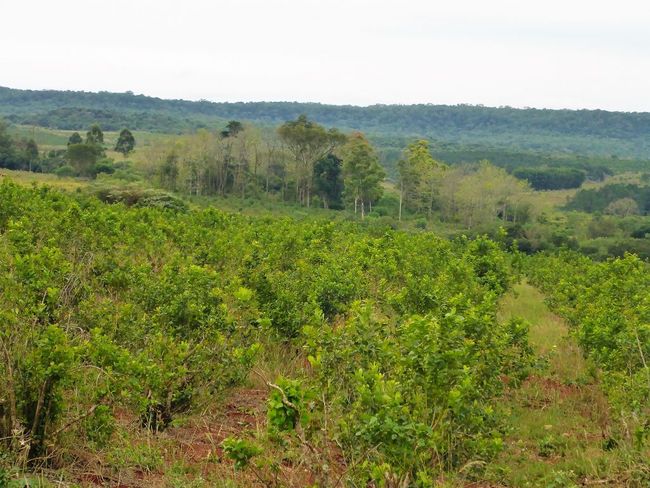
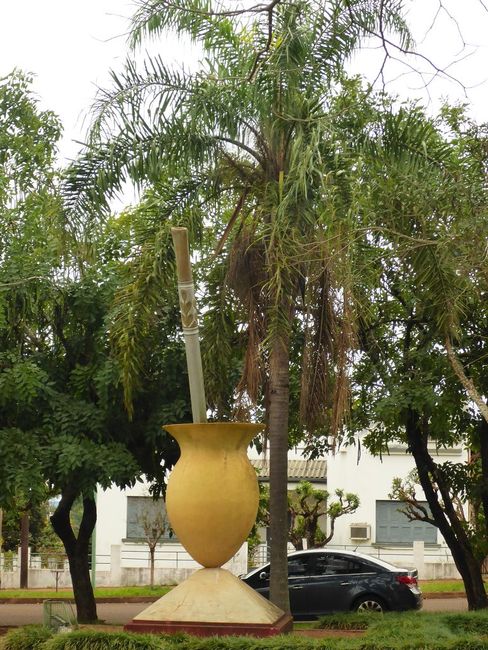
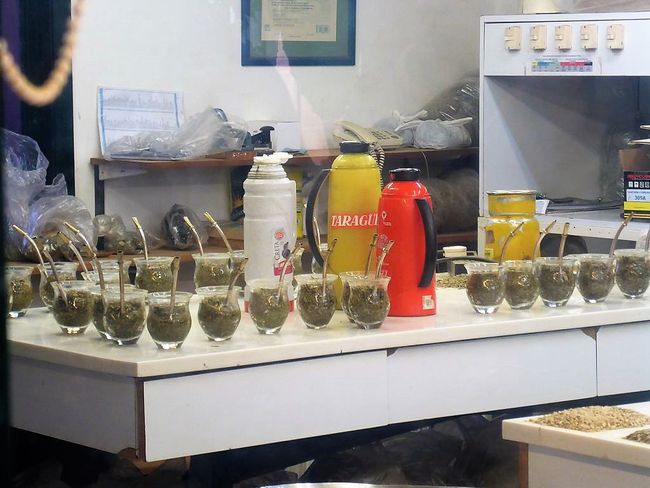
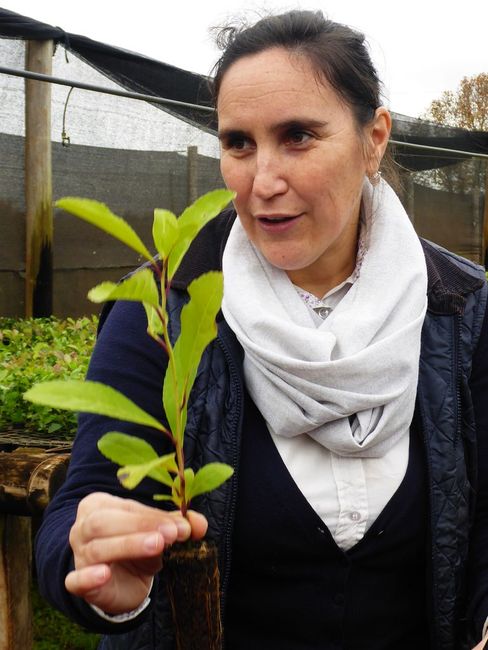
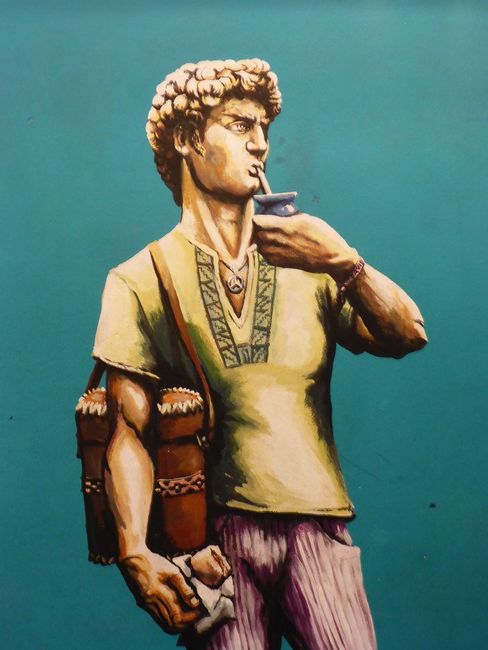
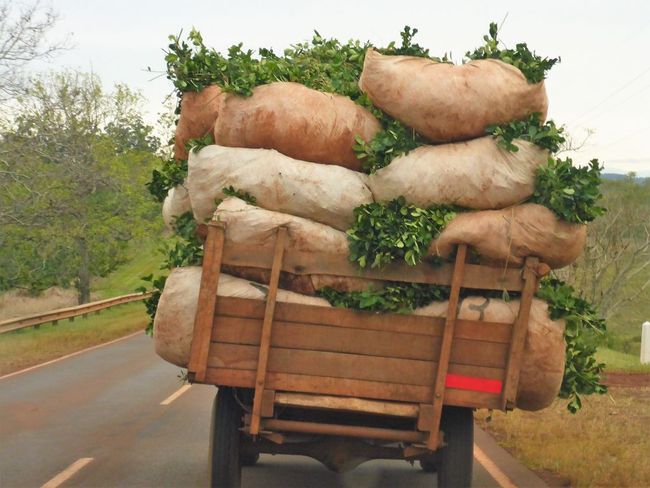
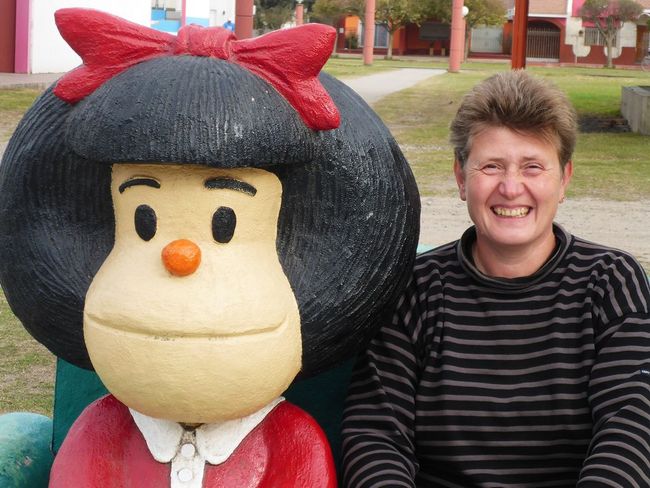
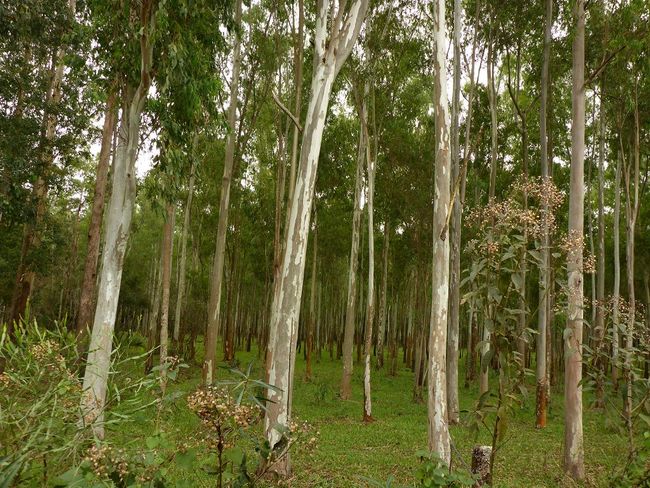
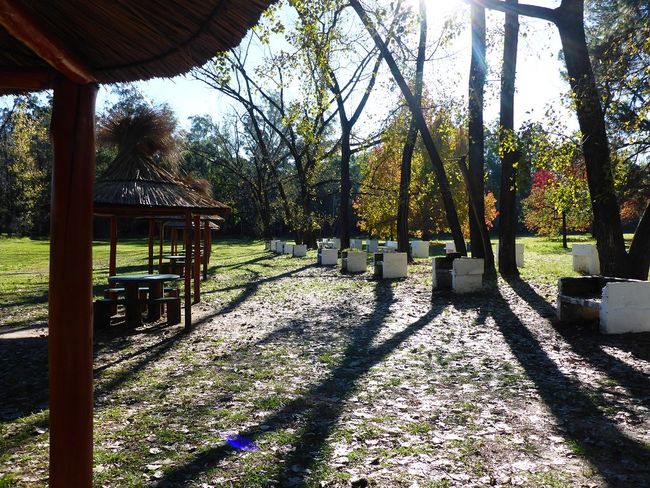
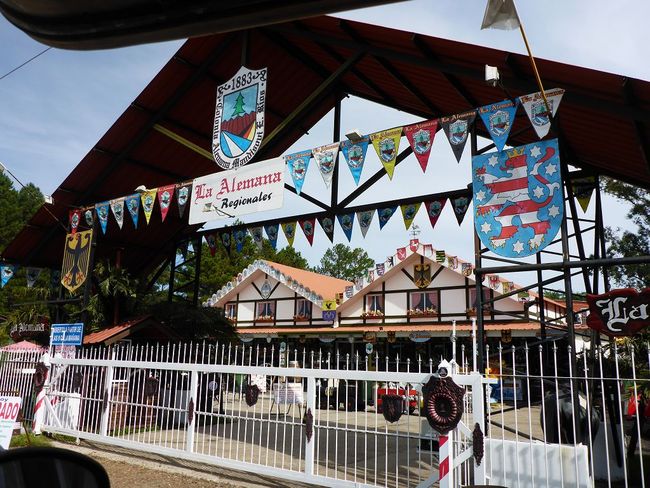
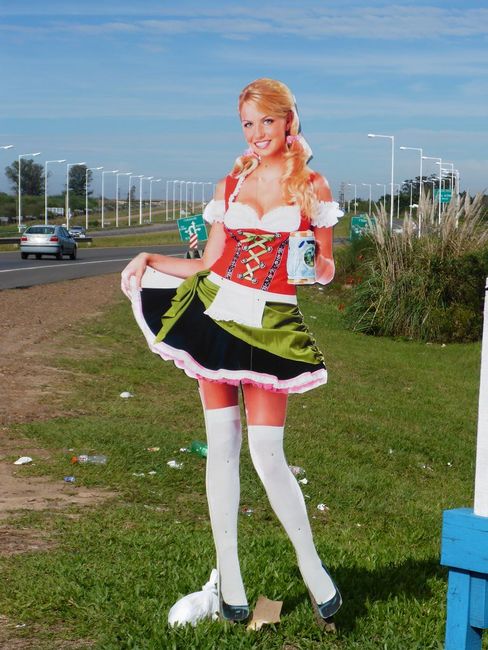
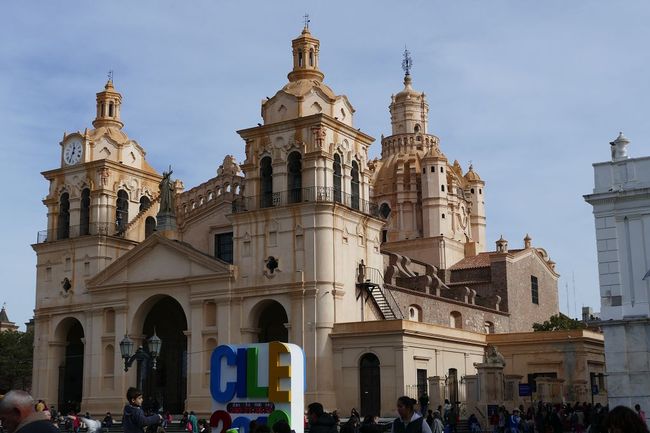
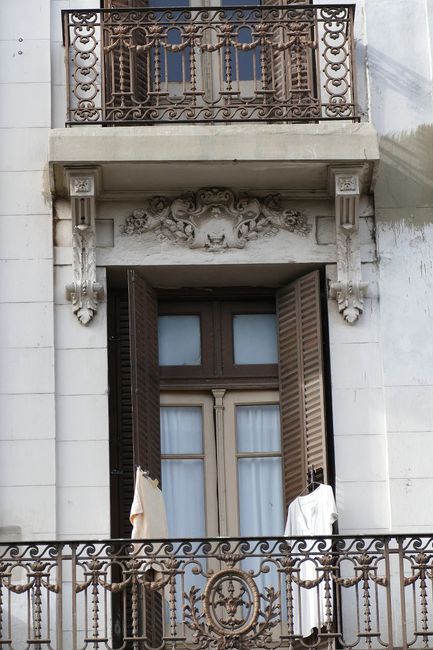
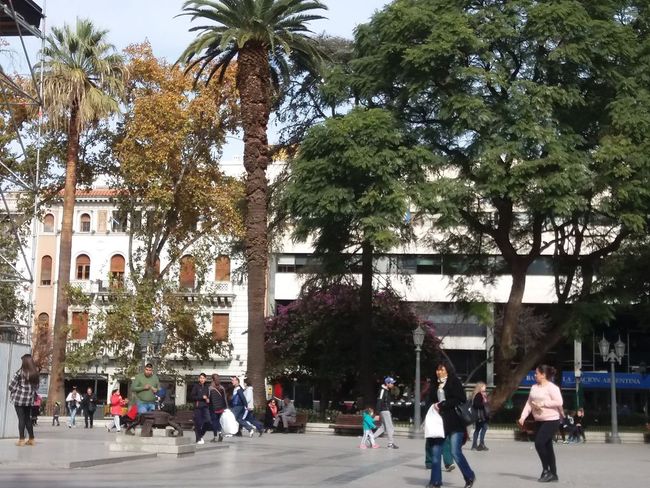
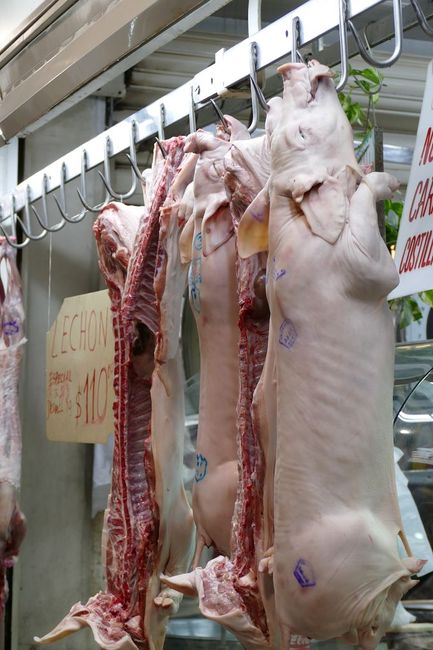

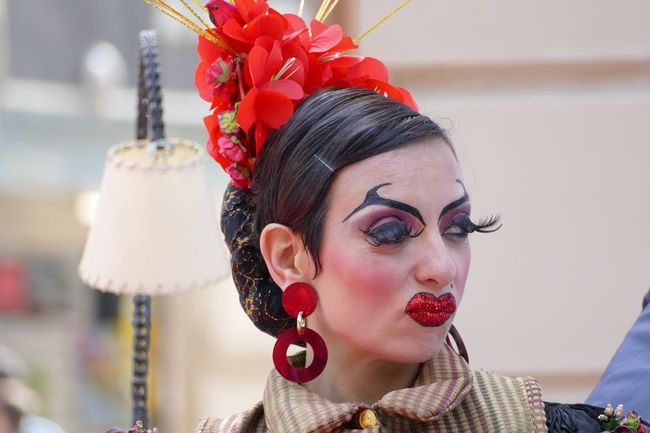
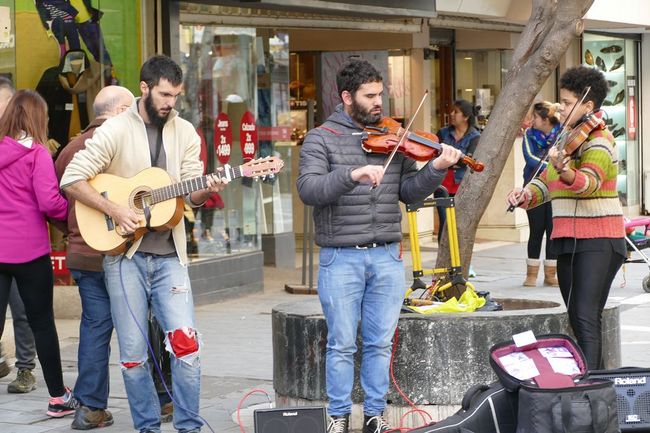
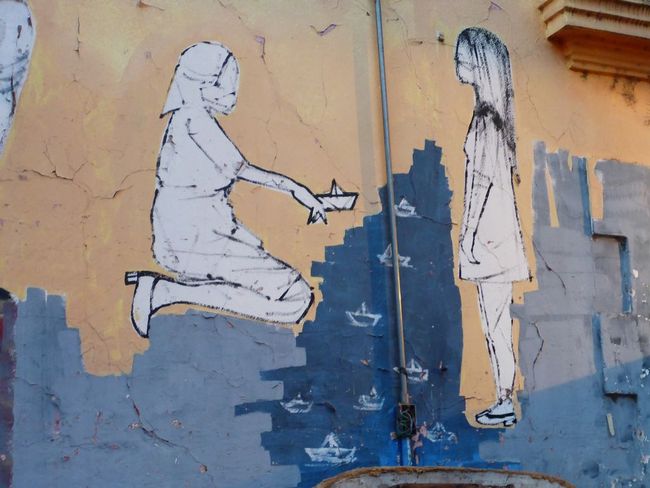
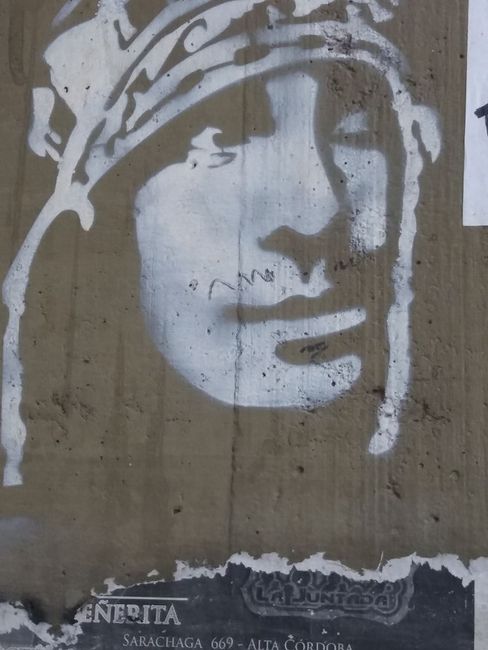
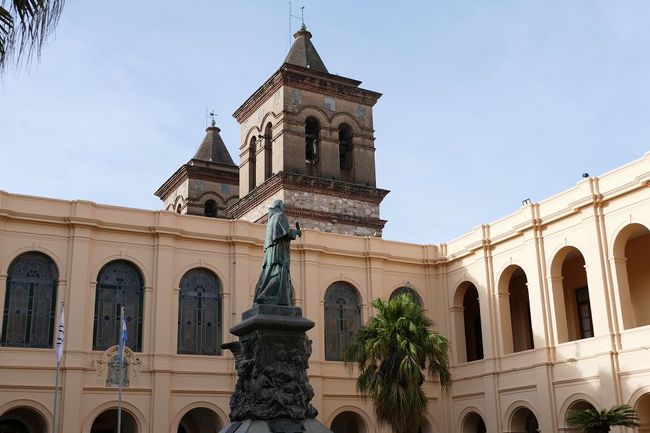
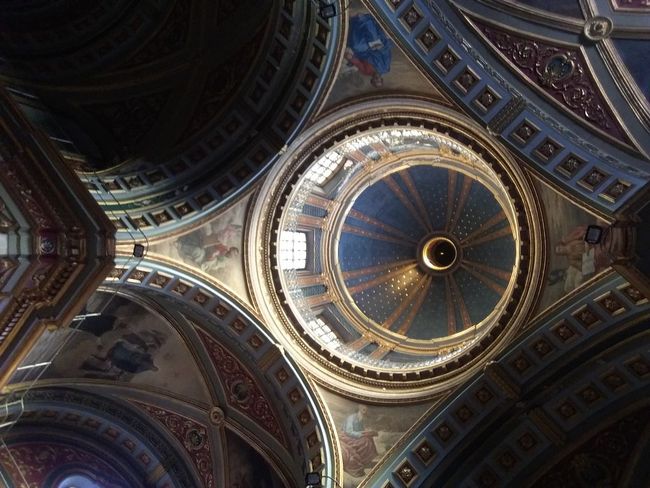
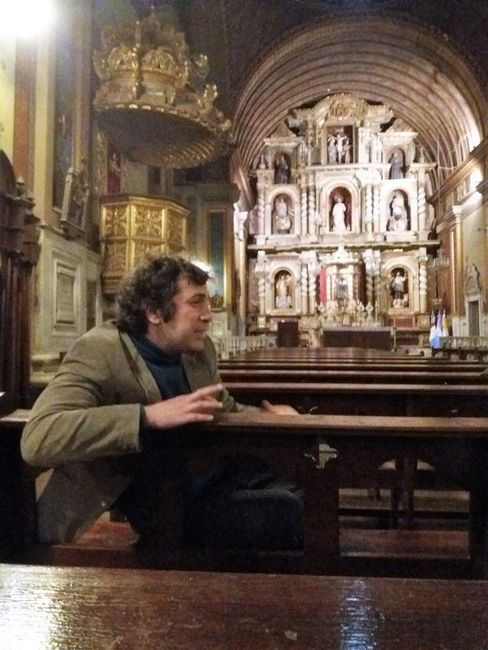
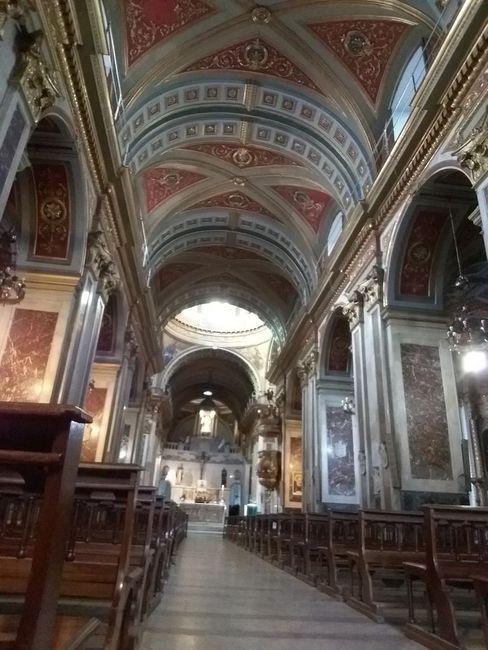
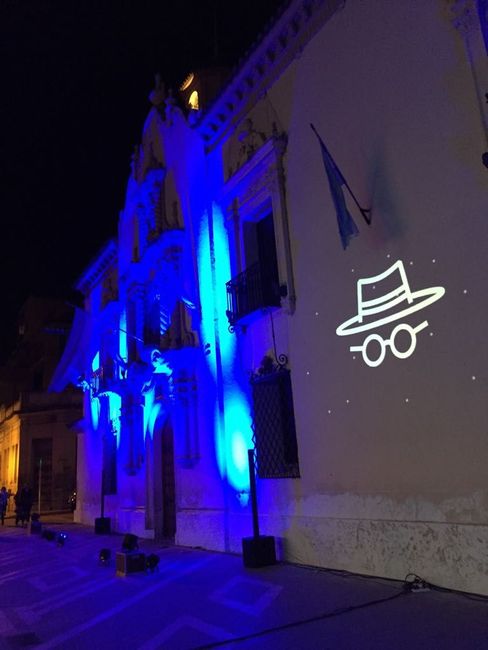
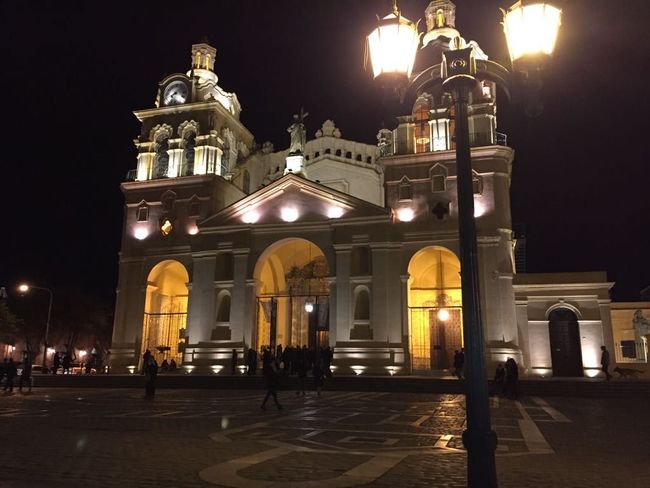
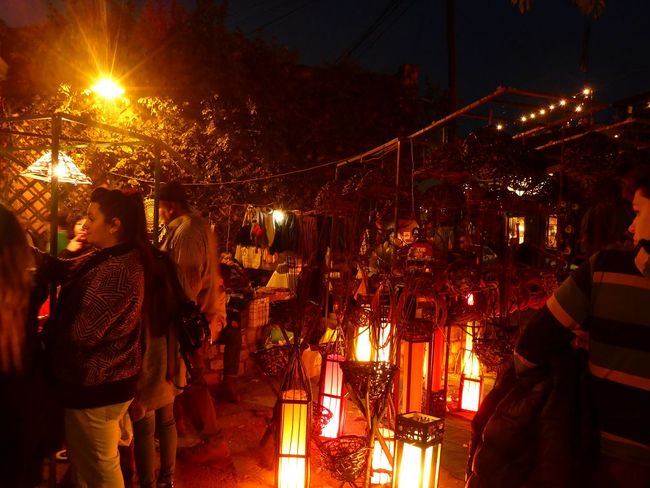
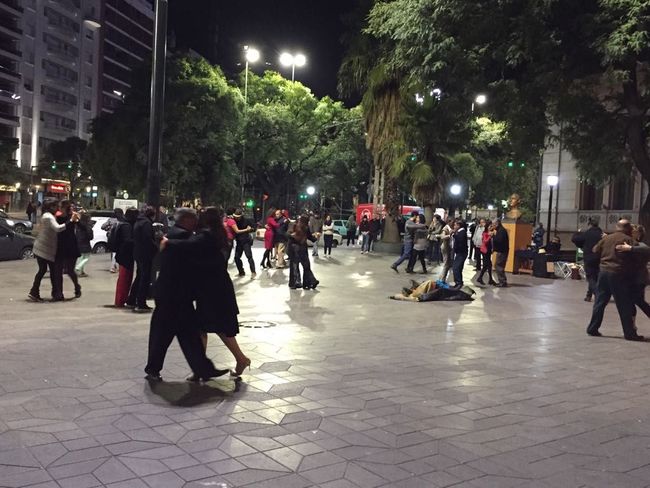
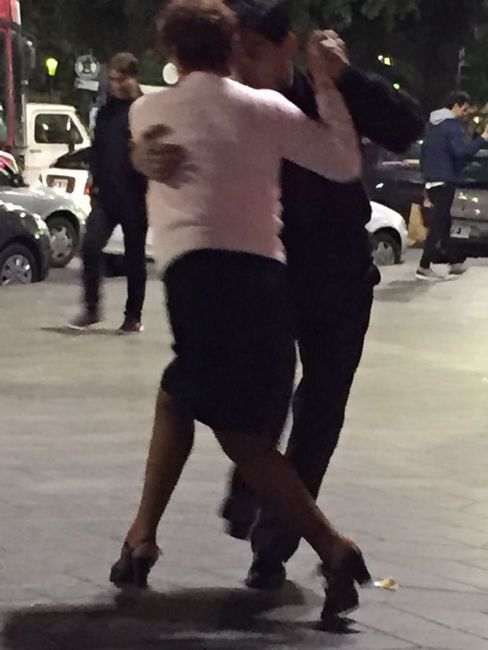
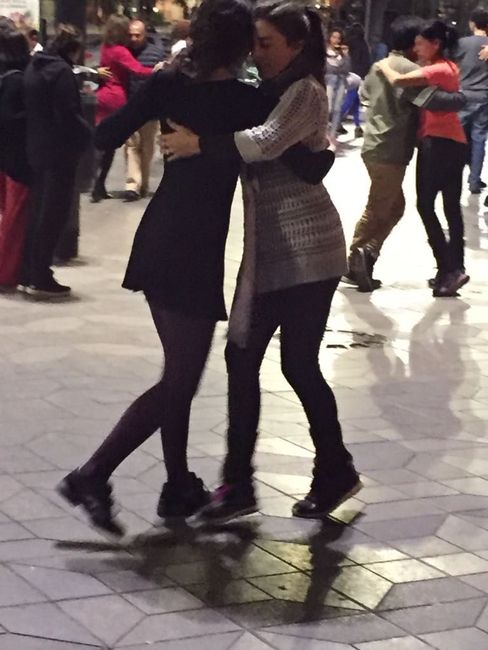
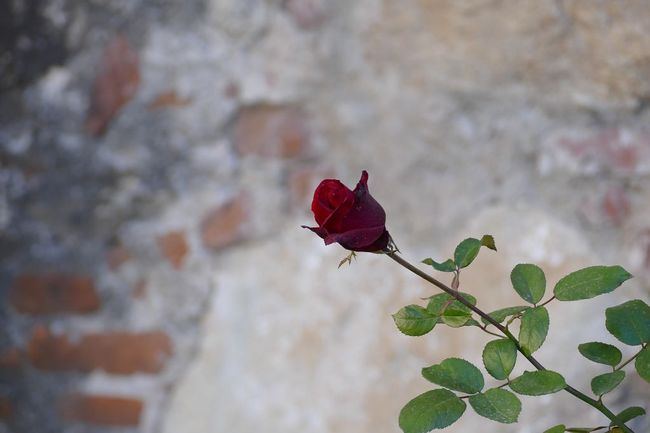
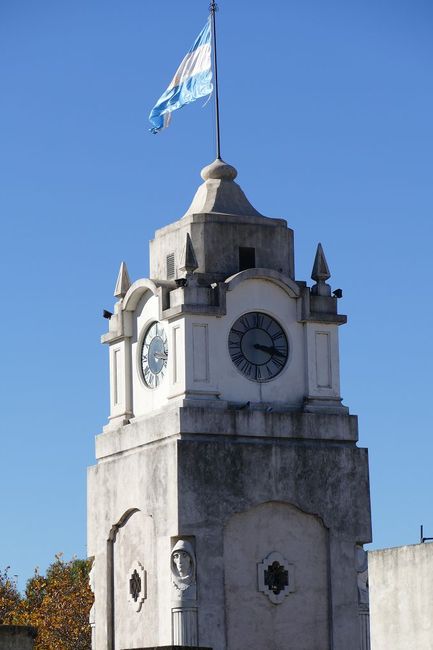
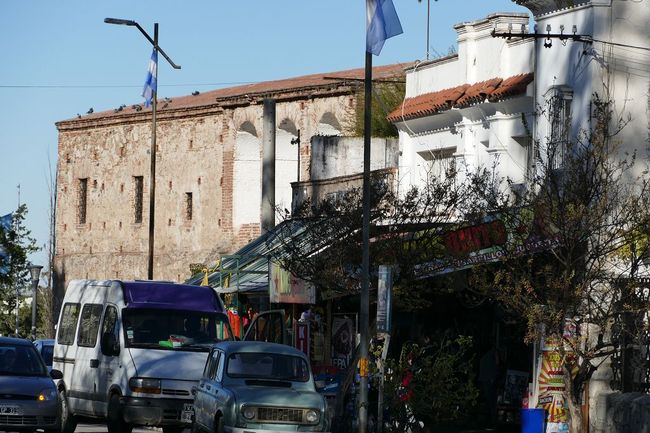
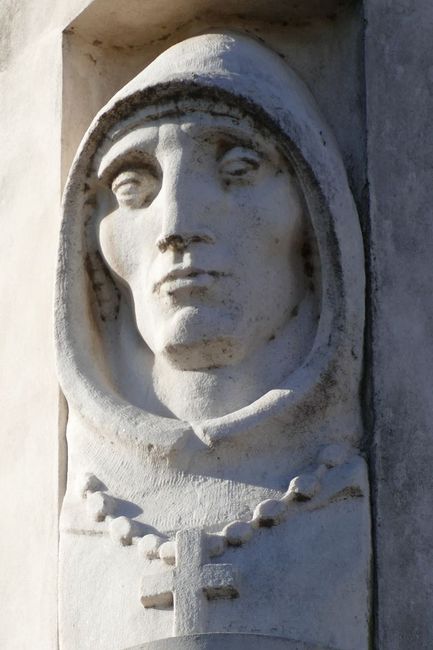
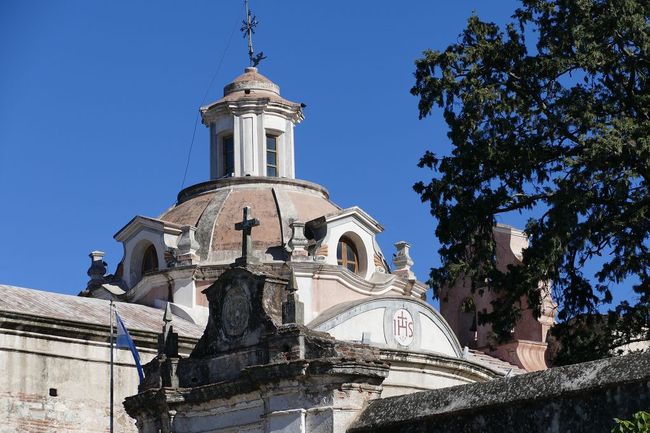
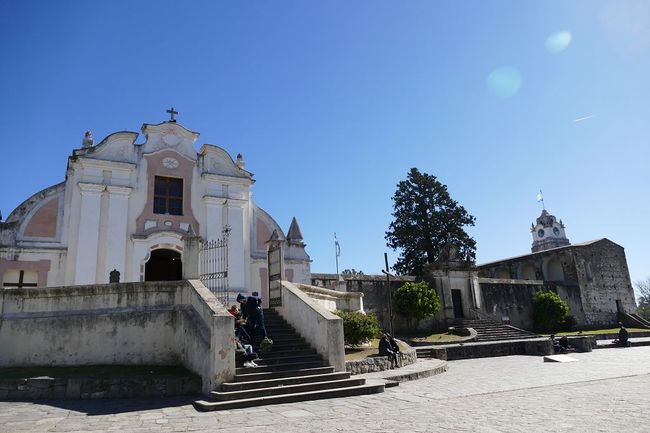
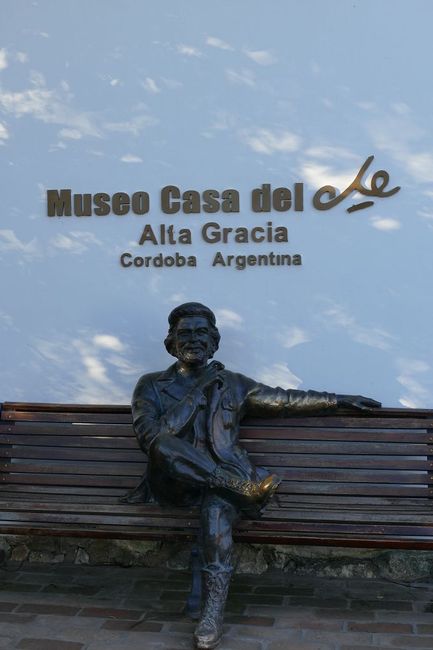
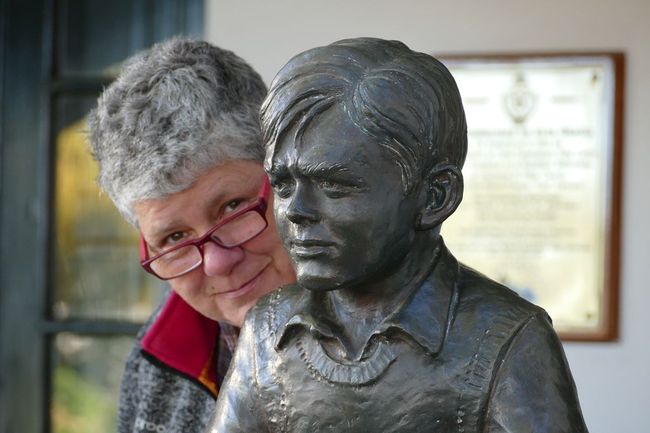
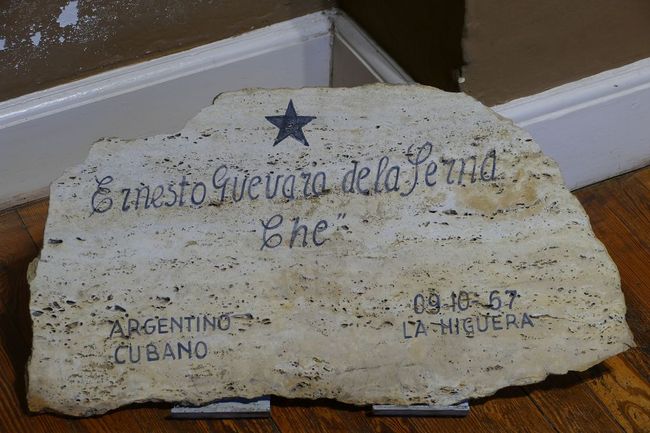
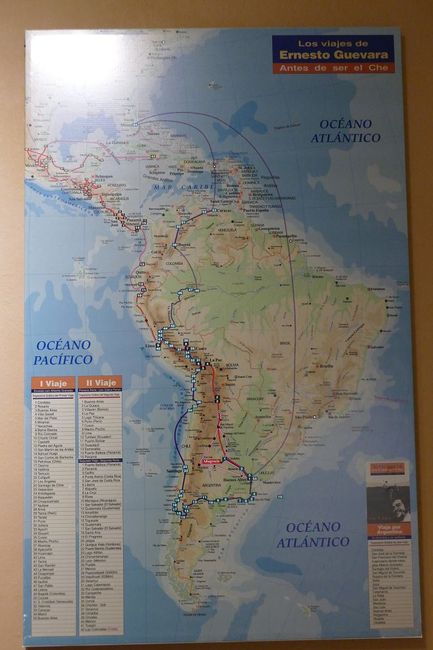
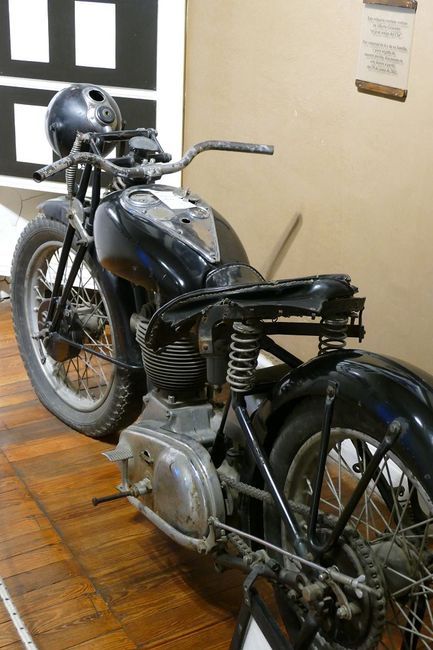
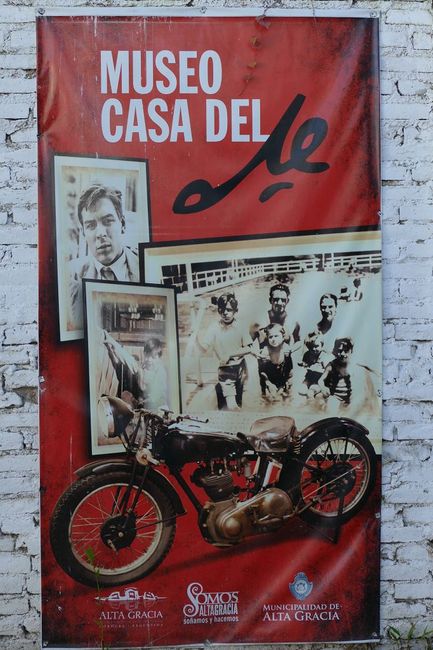
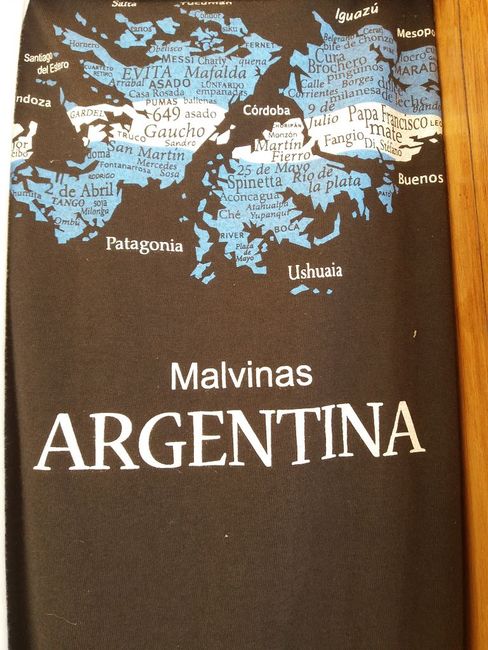
Sau npe yuav ntawv xov xwm
Our half year in South America is slowly coming to an end and we actually already have to organize the return shipment, book a hotel in Montevideo and one in Buenos Aires. We can hardly believe how fast time has passed, but before we become really nostalgic, we pull ourselves together and plan a few more stops on the way back to Uruguay. The Iguazu Falls are located in the small Argentine region of Misiones. Here, as well as in the remote regions of the rainforest in present-day Brazil and Paraguay, the Jesuits built so-called reductions, missions in which the Guaraní people mainly lived. The Jesuit missions offered a largely independence from the Portuguese and Spanish colonial lords and protection against Paraguayan slave traders. The Jesuits learned the language of the Guaraní and adopted some of their social structures in the missions. Like in the jungle, the Guaraní lived in longhouses in the missions, which accommodated about 50 people. It was new, however, that the individual families were separated by partitions, as polygamy, as well as the occasional cannibalism, was not tolerated by the Jesuits. The chiefs of the longhouses remained in their function and formed the community council, which together with the Jesuits administered the mission. Usually, two Jesuits led a reduction, with one officially representing the Spanish king according to law. An important instrument of evangelization was music, learning to play instruments, singing together, and even performing operettas to convey Christian themes. The huge churches that dominated the village squares in each mission were artistically built by the most significant architects. There were more than 30 of these missions, where up to 150,000 Guaraní people lived at their peak. Voltaire describes the Jesuit reductions as 'a triumph of humanity that seems to atone for the cruelty of the first conquerors'.
We first visit the San Ignazio Mini mission, the best-preserved mission in Argentina. But before we explore this World Heritage Site in daylight, we take a night tour and experience a particularly impressive spectacle. Only we and a young Argentine are guided around the vast grounds by a guide with a large flashlight, and regularly urged to pause briefly. Faces and short scenes are projected onto trees, walls or, quite eerily, onto mist, explaining the beginnings, history, and violent end of the mission. Even though everything is explained exclusively in Spanish and the guide lazily leads us through the grounds, it is interesting and really well done, giving us a good first impression of life in the missions. The next morning we visit the mission again. Again, the staff is rather unmotivated, but this time the museum provides information in English and there are information points on the extensive grounds where you can access spoken information in various languages - and many of these plaques even work! The rather unprofessional processing of the entire complex also has its advantages, we can move freely and unrestricted everywhere, take our time to see everything. After extensive sightseeing, our curiosity is aroused and back home we will definitely watch the film 'The Mission' with Robert de Niro... or alternatively read a book.
But first, we will visit two more missions in the vicinity, Nuestra Señora de Santa Ana and Santa María la Mayor. These two are also part of the World Heritage Site, but they are neither archaeologically investigated nor restored, instead, they fall into picturesque decay in the rainforest. In both missions, we encounter incredibly dedicated staff with good English skills and since it's the off-season, we get a private tour each time. Moreover, we can safely and quietly stay overnight in the parking lots in front of the missions.
We still have some time until the shipping date in Montevideo and since it has now become surprisingly cold even here in the subtropics, we decide to drive towards Cordoba to visit this beautiful city. We lazily meander around and take in whatever we come across along the way, such as the largest mate tea plantation 'in the world'. We visit the production, watch a commercial, and get various samples of mate tea... a bit like a sponsored trip. In Concordia, we finally have the Dub's washed again, it is so covered in red clay that we always get dirty when getting in and out, and we spend the night at the local asado square. Here, finally, our tiny power pack comes into use. A couple apparently left the radio playing for too long during their romantic rendezvous and now the car won't start anymore. Our power pack is more than sufficient for this small car and the no longer quite youthful Romeo looks skeptical at first, then unbelieving, and finally excited, when we get his car running with the help of a color-box-sized device and he can finally zoom off with his Juliet. Women and technology, huh!
In Cordoba, we drive to the Camping Municipal, a huge place that is completely empty except for one caravan and is only used as a sports field by school classes during the day. The standard is as poor as always, but since we are almost alone, it doesn't bother us that much. At least the water in the showers is hot, even if the washroom is freezing. As the place is located far outside the city, we want to take a taxi to downtown and ask the lady at the reception to call one for us when a car stops next to us. The driver explains to us that it is too expensive to take a taxi all the way downtown. She takes us to the nearest bus stop and gives us her bus card with nearly 100 pesos credit for our onward journey. In the next few days, we roam through Cordoba and visit the university founded by the Jesuits in 1613, one of the oldest universities on the continent. As early as 1918, exactly 100 years ago, there were the first student protests here, followed by a democratic reform movement that gradually spread to all universities in the country. The students in Europe took another 50 years longer for that. We take an English-speaking tour and although the dedicated staff member speaks English that is difficult to understand, we eventually tune in and have a few interesting hours.
We experience how lively the Catholic spirit is in the city when we stumble upon a demonstration by so-called pro-life activists who define abortion as murder in a loud and almost militant way and want to prevent a reform of the conservative abortion laws in Argentina. Whole families and many young people participate in the demonstration. We hope that one day the young women will not find themselves on an abortionist's table, and we are happy when we hear on June 16th that the parliament has passed a law legalizing abortion by a narrow majority.
In the evening, we stroll through an art market and watch couples dancing tango in a small plaza, surrounded by rush-hour traffic. It is always a special experience for us.
From Cordoba, we drive to Alto Garcia, just a few kilometers away. After so much Jesuit history, we need a bit of a contrast. Although there is also a Jesuit highlight in this small town, a Jesuit estancia, our actual destination is another museum. In a quiet residential area, there is the house where the Guevara family lived, where the young Ernesto spent his childhood and youth before embarking on his legendary motorcycle journey through South America and becoming 'Che'. Inaugurated personally by Fidel Castro, the small villa is lovingly prepared, something between cult of personality and history lesson. ✊No Pasarán!
So now it's getting serious. Our time is coming to an end and we are slowly making our way to Montevideo.
Sau npe yuav ntawv xov xwm
Teb (3)
Eva
Von mir aus könnt Ihr gerne noch länger bleiben. Die Berichte Eurer Erlebnisse werde ich vermissen. Ich wünsche Euch bis zu Eurer Rückreise noch eine schöne Zeit.anna
... wie die Zeit fliegt ... immer schön eure Erlebnisse zu lesen ... macht doch einfach weiter zu Hause 😬Barbara
Ilse: Euere Berichte in Wort und Bild werde ich sehr vermissen. Aber ich bin auch froh, Euch wieder daheim zu haben. Ein großes Dankeschön an Dich Barbara, daß Du meinen PC und mein Handy so eingerichtet hast, daß ich problemlos Euere Reise miterleben konnte.